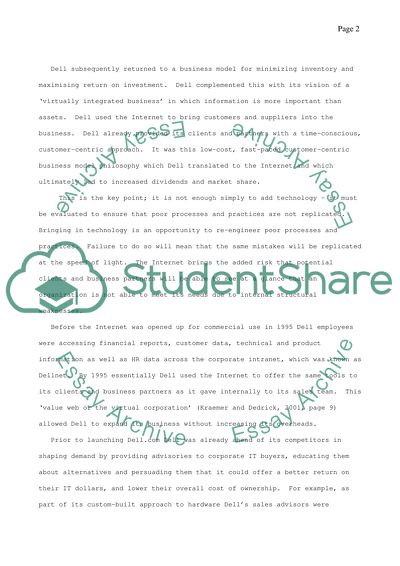Cite this document
(Internet Marketing of Dell Essay Example | Topics and Well Written Essays - 1750 words, n.d.)
Internet Marketing of Dell Essay Example | Topics and Well Written Essays - 1750 words. Retrieved from https://studentshare.org/marketing/1514924-internet-marketing-of-dell
Internet Marketing of Dell Essay Example | Topics and Well Written Essays - 1750 words. Retrieved from https://studentshare.org/marketing/1514924-internet-marketing-of-dell
(Internet Marketing of Dell Essay Example | Topics and Well Written Essays - 1750 Words)
Internet Marketing of Dell Essay Example | Topics and Well Written Essays - 1750 Words. https://studentshare.org/marketing/1514924-internet-marketing-of-dell.
Internet Marketing of Dell Essay Example | Topics and Well Written Essays - 1750 Words. https://studentshare.org/marketing/1514924-internet-marketing-of-dell.
“Internet Marketing of Dell Essay Example | Topics and Well Written Essays - 1750 Words”, n.d. https://studentshare.org/marketing/1514924-internet-marketing-of-dell.


